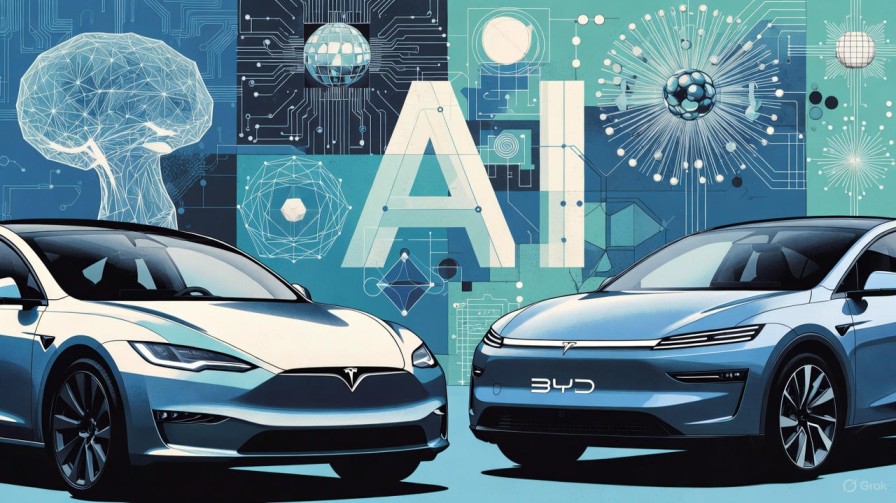Tesla vs BYD: The Battle for Global EV Dominance Intensifies

Tesla and BYD—the world’s two most influential electric-vehicle manufacturers—are locked in a high-stakes contest for global leadership. Recent shifts in pricing, production capacity and technology have pushed the rivalry into a new phase. With demand patterns changing and governments tightening EV policies, the Tesla–BYD battle matters more than ever for the future of the automotive world.
Background / Context
Tesla dominated the early EV landscape with premium models, strong brand appeal and advanced software. BYD, powered by vertical integration and cost-efficient manufacturing, quickly rose from a domestic Chinese player to a global heavyweight. Over the past few years, BYD’s aggressive expansion and price-led strategy have challenged Tesla’s market leadership, creating one of the most important competitive dynamics in the auto industry.
Key Developments / Details
- Market Share Battle: BYD has steadily increased its global EV and plug-in hybrid sales, at times overtaking Tesla in quarterly numbers due to its broader lineup and lower prices.
- Product Strategy: Tesla focuses exclusively on battery-electric vehicles, while BYD targets both EV and PHEV markets—giving it a wider consumer base.
- Manufacturing Scale: BYD’s vertical integration—producing its own batteries, semiconductors and many vehicle components—allows it to keep costs low. Tesla relies on strategic partnerships but invests heavily in gigafactories to boost output.
- Software vs Hardware: Tesla leads in autonomy, over-the-air updates and AI-driven vehicle features; BYD leads in cost-efficient engineering, energy density with its Blade Battery and rapid production cycles.
- Geographical Expansion: Tesla continues to dominate in North America and Europe; BYD is expanding rapidly across Asia, South America, and emerging markets, where affordability drives adoption.
Technical Explanation
In simple terms, Tesla is a software-first EV pioneer while BYD is a hardware powerhouse.
- Tesla’s strength lies in Autopilot/FSD, centralized vehicle software and long-range efficiency. Think of it as the “smartphone model” for cars.
- BYD’s advantage is in manufacturing—owning the battery supply chain and building vehicles at lower cost, similar to tech companies that control both components and assembly.
This fundamental difference explains why Tesla excels at premium segments while BYD dominates the mass market.
Implications
- For consumers: The rivalry has triggered a global “EV price war,” making electric cars more affordable than ever.
- For the industry: Automakers worldwide are forced to accelerate electrification and optimize supply chains to remain competitive.
- For governments: EV adoption is central to climate goals; the Tesla–BYD rivalry speeds up innovation and infrastructure investment.
- For investors: This competition showcases two different models of scaling EV businesses—one tech-led, one manufacturing-led.
Challenges / Limitations
- Tesla’s Challenges: Slower product refresh cycles, rising competition, regulatory scrutiny on autonomous systems, and dependence on premium pricing.
- BYD’s Challenges: Limited brand recognition in Western markets, potential geopolitical barriers, and constraints in expanding high-end models globally.
- Industry-Wide Constraints: Charging infrastructure gaps, raw material shortages, and EV adoption fatigue in some regions could impact both companies.
Future Outlook
Tesla aims to push ahead with autonomy, next-gen affordable EVs and energy storage. BYD plans deeper global expansion, new factories abroad and diversification into luxury EVs. The winner may not be decided by who sells more cars, but by who defines the next era of mobility—robotaxis, software-defined vehicles or ultra-efficient battery systems.
Conclusion / Summary
Tesla and BYD represent two different visions of the electric future—one driven by software intelligence, the other by manufacturing mastery. Their rivalry is accelerating technological innovation and shaping how quickly the world transitions to cleaner transportation. Whichever company leads long-term, the EV landscape will continue evolving rapidly because of this competition.